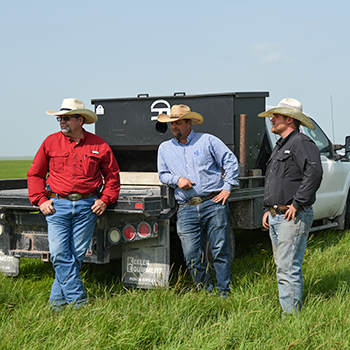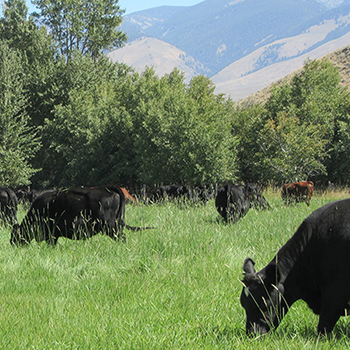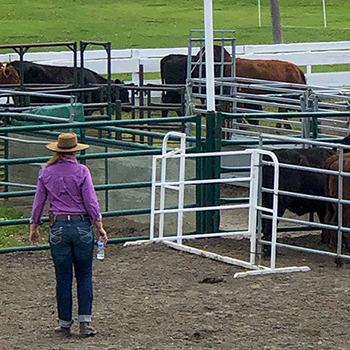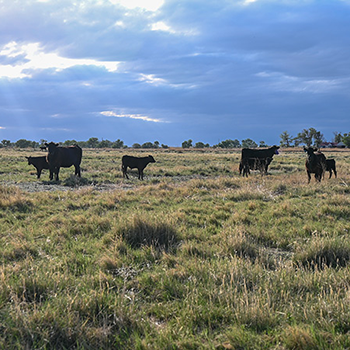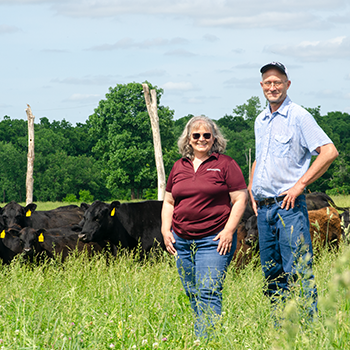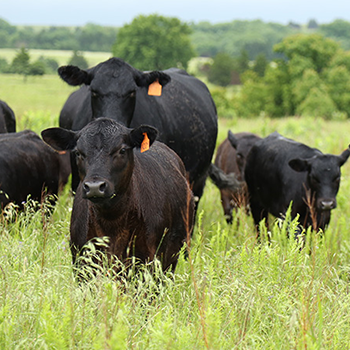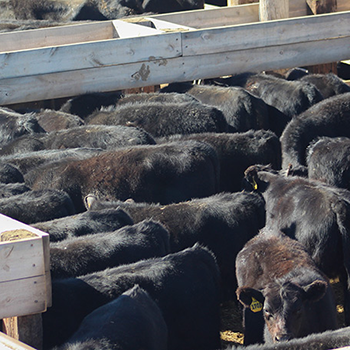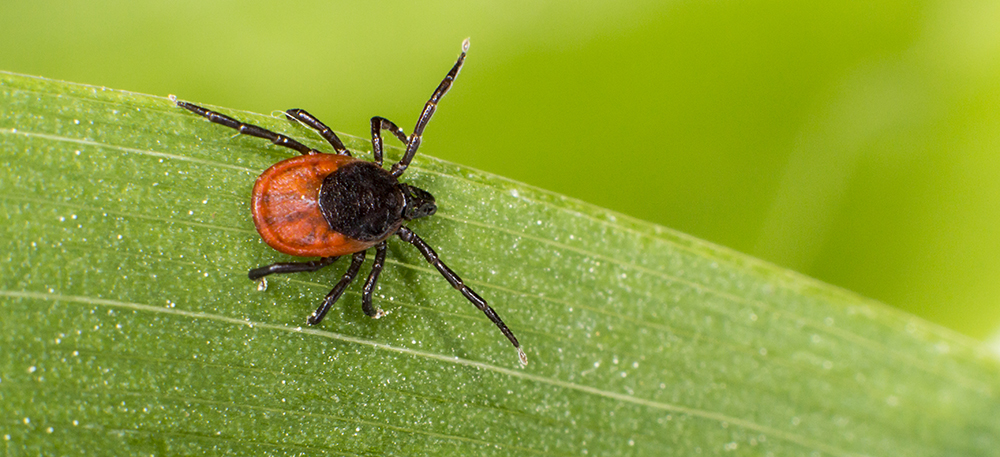
Listen to an audio version of the 09-07-22 Health & Nutrition articles
Asian Longhorned Ticks and Theileria: What You Need To Know
A solid tick-control program is one of the best things a producer can do to minimize the risk of the Asian longhorned tick and Ikeda.
The Asian longhorned tick has been identified in 11 states across the United States in the past five years and continues to spread. With the new tick species comes the tick-borne disease, Theileria orientalis (Ikeda genotype) “Ikeda,” which can be fatal to cattle.
While there is not an effective treatment for Ikeda, understanding the disease, the tick species and the relationship between the two will facilitate taking proactive measures for prevention and management that can help to protect your cattle herd.
Understanding Theileria orientalis (Ikeda genotype) “Ikeda”
Ikeda is a protozoal disease that attacks red blood cells. It has been endemic in Australia and New Zealand for the last two decades, and while cattle are the target species, sheep can also be potential carriers. To date there is no approved treatment for Ikeda in cattle nor an effective vaccine.
Ikeda is most efficiently transmitted through the saliva from feeding ticks, however the sharing of needles and other means of transferring blood between animals have been demonstrated as competent modes of spread. The incubation period is one to three weeks. Once in a herd with ticks present, Ikeda tends to spread rapidly, reaching a herd infection rate of 80% or more in a matter of 30 days. On the other hand, death loss is typically below 5% and drops to near zero as the disease stabilizes in the herd, with new naïve herd additions being most susceptible. Abortions have been documented in late pregnancy. Unlike anaplasmosis, young animals can have clinical disease in addition to adults.
Understanding the Asian longhorned tick
The Asian longhorned tick was first identified in the mid-Atlantic and southeastern states in 2017, but it was later discovered to have been in the United States seven years prior. The female ticks are parthenogenetic, which allows them to reproduce at rapid rates without mating. Currently, no male ticks have been identified in the United States.
Asian longhorned ticks are smaller in size — like deer ticks. Without close examination they are difficult to observe on cattle. They tend to have affinity for the head, ears, under the tail, axilla and flanks. When a herd is infested with the Asian longhorned tick, they will be found in large numbers on nearly all animals. It’s not uncommon to find swarms of ticks on a single animal, especially around the head and ears. If you suspect the tick on your cattle, contact your veterinarian, extension agent or state veterinarian for assistance in identification.
The Asian longhorned tick can survive off the animal for up to six months and feeds on three individual hosts to complete its life cycle. While it is tolerant of the cold, it does not survive well in hot, dry climates. Because of this, the tick is anticipated to move north, but the spread west will likely stop near the Missouri river.
The relationship
Cattle are the predominant host species for Ikeda. Once infected, they are considered lifelong carriers. Ikeda-infected ticks transmit the disease to cattle, which then transmit the disease on to more feeding ticks. The Asian longhorned tick is a multihost tick, meaning it feeds on and can be transported by multiple animals, including wildlife, during each of its three different phases of its growth.
At this time, the Asian longhorned tick is the only known vector for Ikeda in the United States. However, research is currently being conducted to determine if other endemic ticks can serve as competent vectors. The geographic spread of Ikeda can be assumed to be either the result of infected cattle movement or the relocation of infected ticks while on cattle or wildlife hosts, including birds.
Tips for management and mitigation
Once discovered, Ikeda is nearly impossible to eradicate because the tick serves as a persistent vector. It’s important for producers to implement control measures that focus on biosecurity and tick control.
When it comes to biosecurity, it is best achieved in closed herds, which isolate and test new animals coming into the cattle herd. Adding a blood test for T. orientalis (Ikeda genotype) to the checklist can help mitigate bringing any infected cattle on to your operation.
A solid tick-control program is one of the best things a producer can implement to minimize the risk of the Asian longhorned tick and Ikeda. It can also prevent their introduction into the herd from wildlife or adjoining cattle. It is believed that the higher level of exposure, the more severe the Ikeda infection can be.
A tick-control program consists of two target control points: the environment and the animal. Environmental control is challenging and consists of brush and vegetation management through limiting access and controlled burning. Producers should consider cutting down pastures, trimming brush and fencing off heavily wooded areas. In some cases, spot spraying can be implemented.
On-animal treatment is often the most practical and effective. Total wet-down with high-pressure spraying, via spray boxes or dipping vats, is preferred, but requires facilities and equipment specific for implementation. Backrubbers and oilers are more convenient and are most effective with forced daily usage by setting them up across access points to water or mineral. Insecticide ear tags will help control ticks in the ears and around the head, but they will have minimal effect on the rest of the body compared to other methods.
If injectable or pour-on macrocyclic lactone dewormers are used to treat cattle for internal parasites, there can be an added benefit of some tick control. However, it is of utmost importance to avoid overuse and never select these products solely for Asian longhorned tick control. Long-term herdwide exposure is the leading cause of resistance. Resistance causes huge potential economic loss from ineffective treatment of both internal and external parasites in the future.
As we continue to see the inevitable spread of the Asian longhorned tick and T. orientalis (Ikeda genotype), it’s important for producers to take prevention measures seriously to minimize economic ramifications. To learn more about implementing tick-control protocols on your operation, talk with your veterinarian.
Editor’s note: Thach Winslow is a veterinarian and senior technical consultant — beef for Elanco Animal Health.
